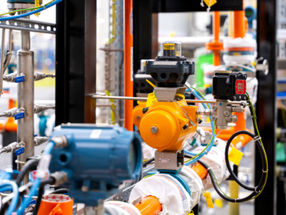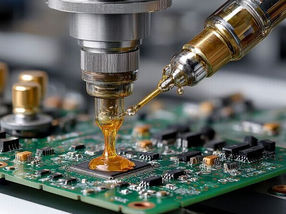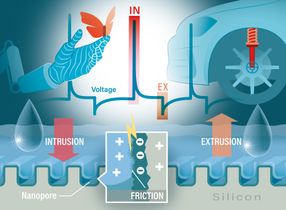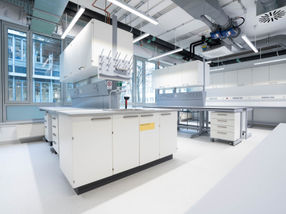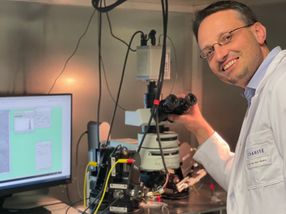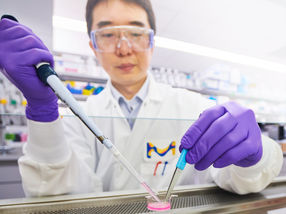Advancements in Insulin Delivery Poised to Revolutionise Diabetes Management
Advertisement
Innovative, non-invasive methods to deliver insulin are poised to transform diabetes management. Despite concerns about their safety and efficacy, an eager diabetic community is expected to support research into novel technologies that promote greater compliance and therefore improved disease management. Accordingly, the revenue potential across Europe of non-invasive insulin, particularly inhaled insulin, will be considerable. Frost & Sullivan finds that the European Inhaled Insulin Market will earn revenues of $49.3 million in 2006 and estimates this to reach $611.7 million in 2012.
"Compliance is currently a major drawback in current diabetes delivery devices, with several patients suffering from Type 2 diabetes irregularly following or, in some cases, even discontinuing their insulin therapy due to pain or fear of injections," says Frost & Sullivan Research Analyst Sylvia Miriyam Findlay. "Through more convenient drug delivery methods, pharmaceutical companies, regulatory bodies and other government institutions can introduce better diabetes care and reduce costs related to diabetic complications caused by poor compliance."
At present, several methods of non-invasive insulin delivery, including oral, transdermal, nanotechnology-based and gene therapy-based ones, are under research. Efforts are also on to develop a diabetes vaccine. One of the most promising modes of delivery under investigation is that of inhaled insulin.
Leading participants in the diabetes medication market are vying to develop this new form of insulin delivery. Already, Exubera (Pfizer and Netkar) has become the first inhaled insulin to enter the market, while Novo Nordisk is pursuing final clinical studies on AerX with plans to launch it by 2008.
However, the inhaled insulin market faces concerns over the long-term safety and efficacy of using the pulmonary insulin delivery method. Occurrences of pulmonary fibrosis during clinical trials and the incidence of side effects are restraining the uptake of inhaled insulin.
In addition, due to high production costs, inhaled insulins are likely to be priced three to five times higher than conventional ones. This price premium will challenge manufacturers, although the price factor will be balanced out by its greater convenience.
"As the European markets are driven by the convenience factor, companies will need to analyse dosing accuracy, bioavailability and the device size," says Ms. Findlay. "This novel drug delivery method will have to demonstrate its advantages in terms of safety and accuracy relative to current insulin injections."
The ability to prove its safety and convenience will determine the uptake of the inhaled insulin method. Manufacturers of inhaled insulin devices will need to focus on the long-term safety and convenience aspects of their products, with the incorporation of newer techniques in inhaler devices set to enhance convenience.
If you are interested in a virtual brochure, which provides manufacturers, end users, and other industry participants with an overview of the latest analysis of the Diabetes Drug Delivery Methods-Market and Technologies (B934-52) then send an e-mail to Radhika Menon Theodore using the 'Contact' button below.





















